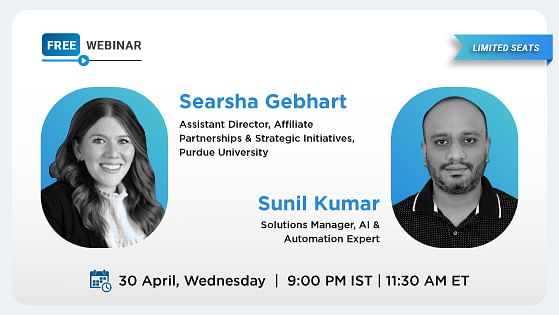HomeResources
Resources
Explore insights, tips, and articles written by experts in a range of professional domains.
 ArticleLast updated on Apr 14, 2025
ArticleLast updated on Apr 14, 2025What is Six Sigma: Everything You Need to Know About it
 ArticleLast updated on Apr 12, 2025
ArticleLast updated on Apr 12, 2025Top Management Certifications for Career Growth in 2025
 WebinarApr 23, 2025
WebinarApr 23, 2025CAPM, PMP or PMI-ACP? Learn Which is the Best Fit For You
 WebinarApr 30, 2025
WebinarApr 30, 2025From Building LLMs to AI Agents: All About Applied GenAI Specialization Program
Browse the categories
Data Science & Business Analytics(495)
View All
Top 75 SQL Interview Questions and Answers for 2025

Top 75 SQL Interview Questions and Answers for 2025
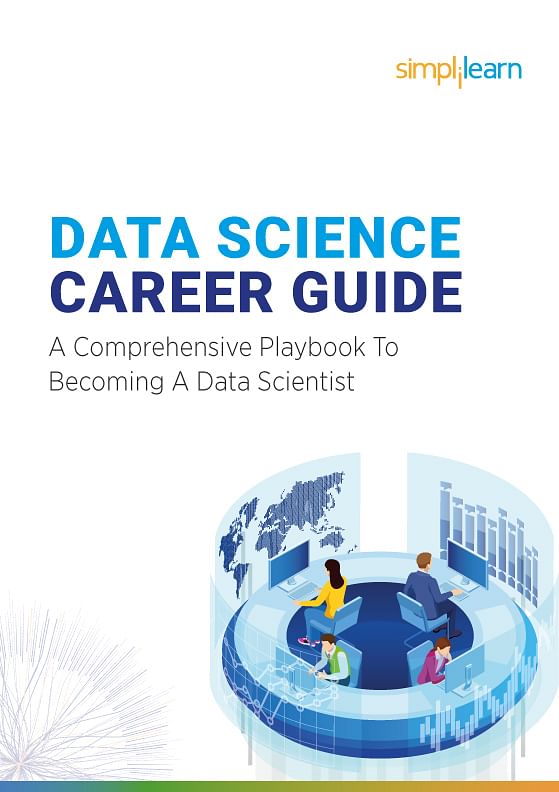
Data Science Career Guide: A Comprehensive Play…
AI & Machine Learning(443)
View All
Best IT Courses for Tech Professionals in 2025
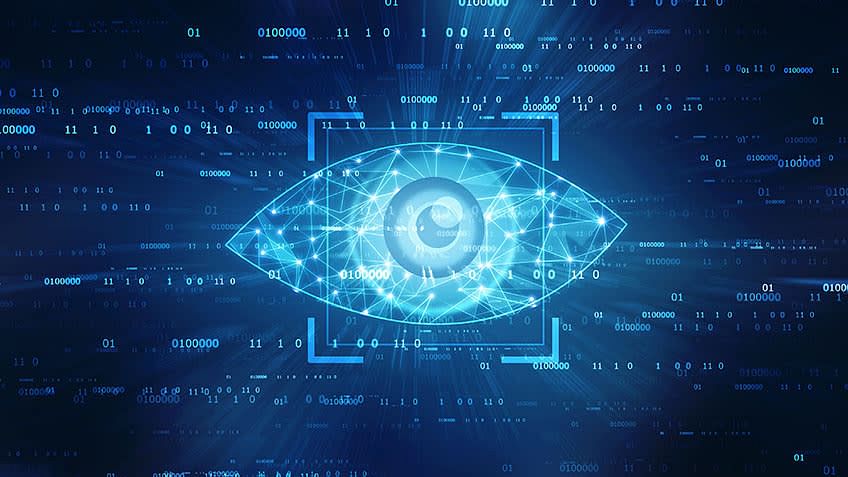
The Power of Computer Vision in AI: Unlocking the Future!
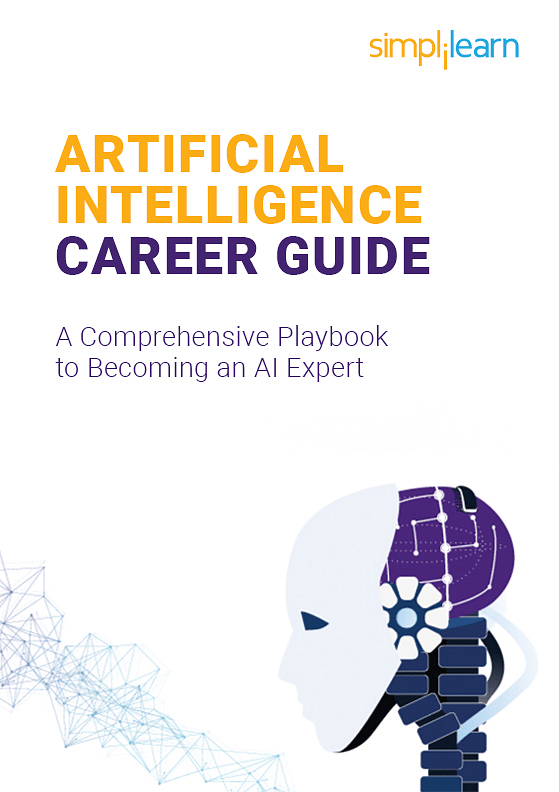
Artificial Intelligence Career Guide: A Comprehensive Play…
Project Management(472)
View All
20 Best Time Management Apps for 2025

Leveraging Design Thinking for Effective Project Management
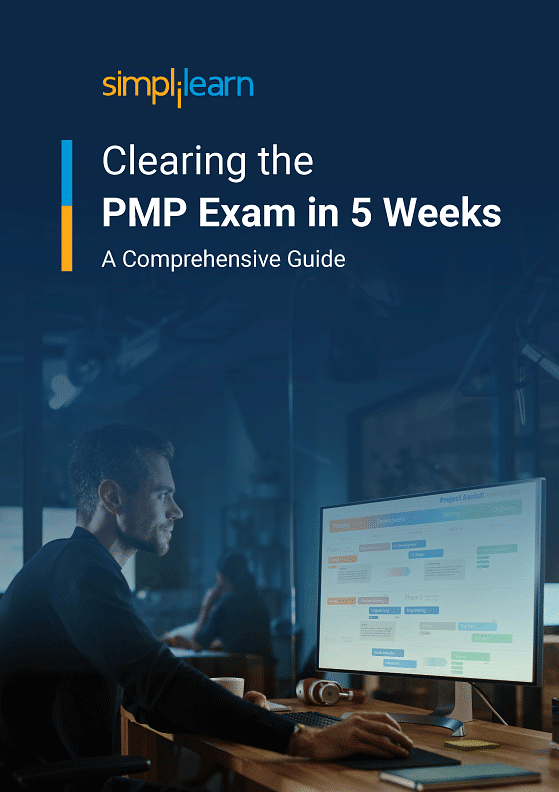
How to Pass the PMP Exam? 5-week Study Guide
Cyber Security(297)
View All
Top 18 Kali Linux Tools for 2025

Information Classification in Information Security
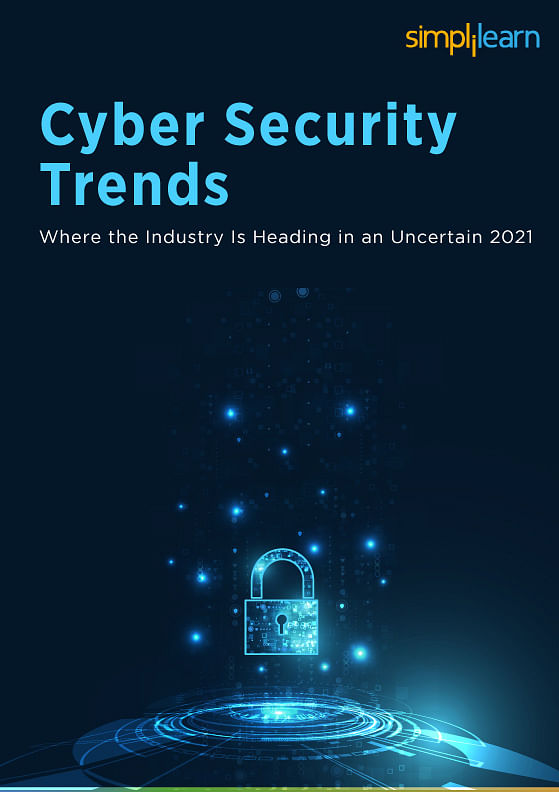
Cybersecurity Trends: Where the Industry Is Heading in an Uncer…
Cloud Computing(314)
View All
30 Azure Databricks Interview Questions and Answers (2025)

3 Things IT Companies Can Learn from AAG Cloud Revenue Num…
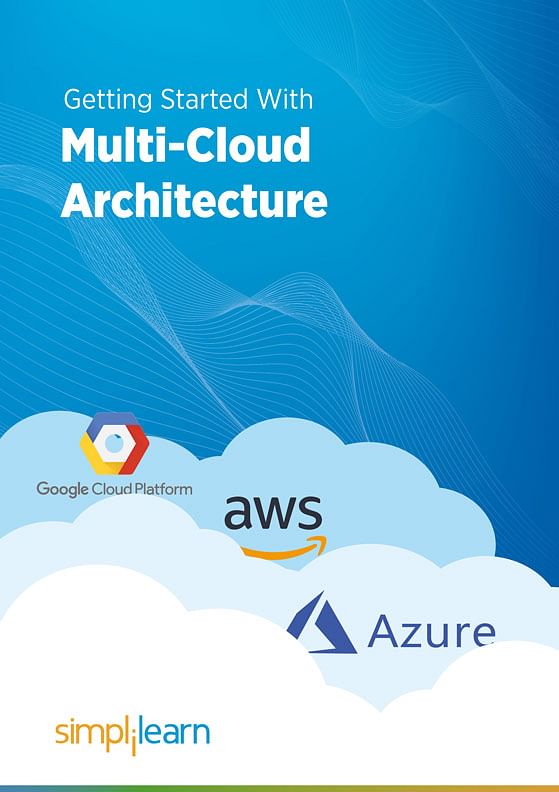
Getting Started With Multi-Cloud Architecture
DevOps(126)
View All
Git Rebase Simplified: A Step-by-Step Guide for Beginners

How to Enable Virtualization: Step-by-Step Guide
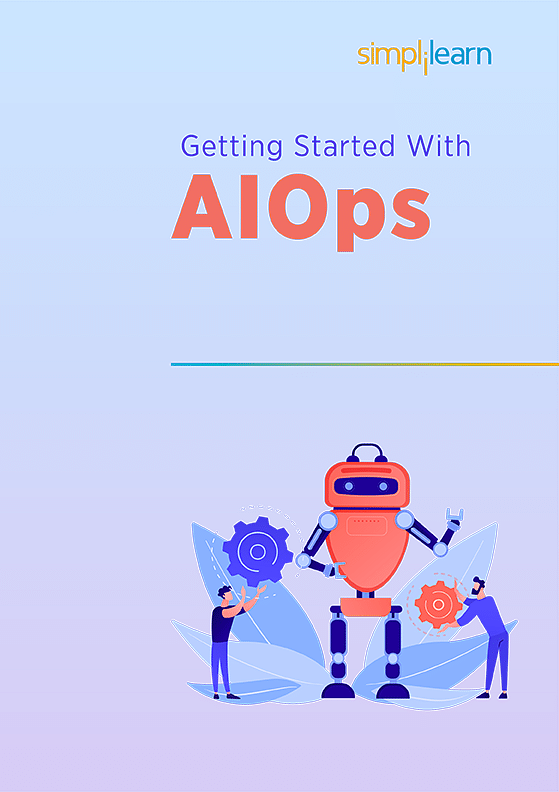
Getting Started With AIOps
Business and Leadership(293)
View All
How Data-Driven Decision Making Enables Better Mana…

Program Preview Wrap-Up: PGP in Digital Transformation
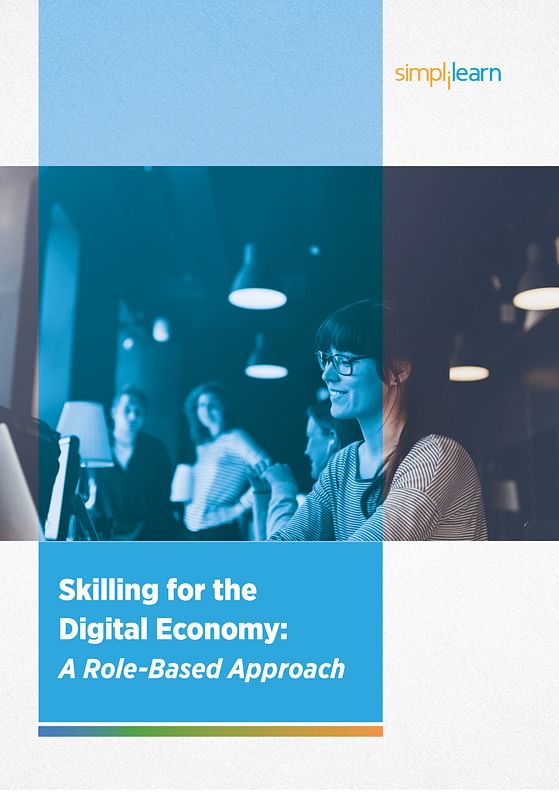
Skilling for the Digital Economy: A Role-Based Approach
Quality Management(115)
View All
What Is Lean Project Management? Understanding the 5…

Quality Manager Salary: Maximize Your Earnings in 2025
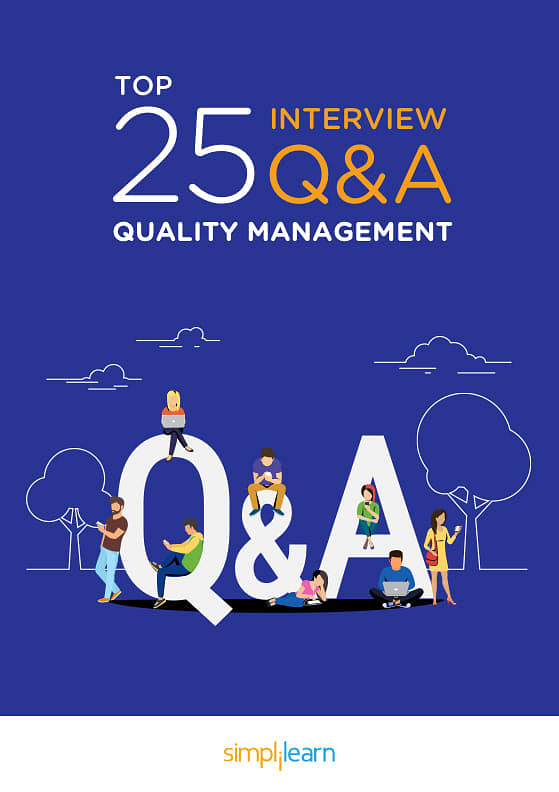
Free eBook: Top 25 Interview Questions and Answers: Qualit…
Software Development(1131)
View All
Is Design Thinking a Mindset?

What Is Mind Mapping in Design Thinking?
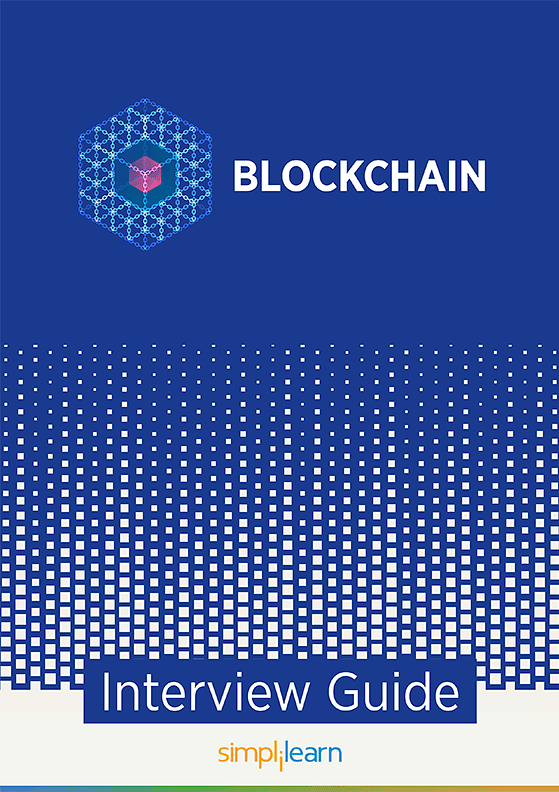
Blockchain Interview Guide
Agile and Scrum(121)
View All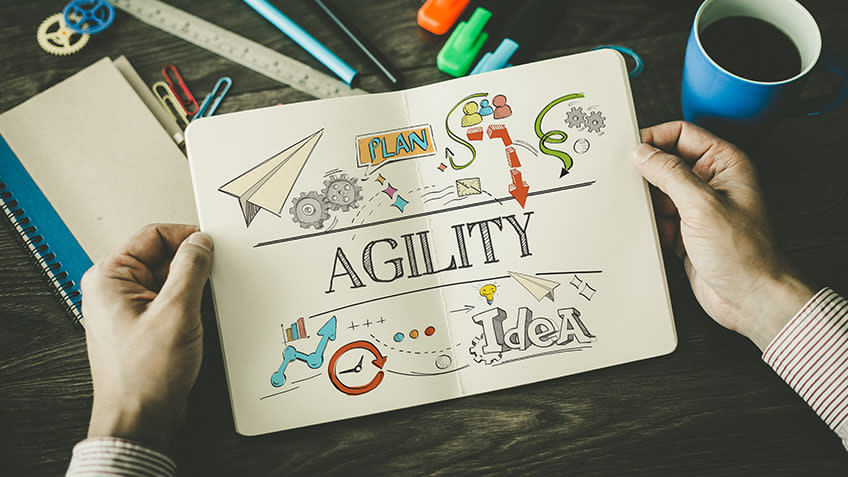
2025 Trends to Look for in Business Agility

What Is a Sprint Retrospective? How to Run an Agile Retrosp…

CSM Study Guide: Master Scrum in 48 Hours
IT Service and Architecture(122)
View All
Lifecycle versus Capability Courses (ITIL® V3)

Azure DevOps: The Next Big Thing in Application Lifecycle…

Role of an Enterprise Architect
Digital Marketing(675)
View All
Breaking down the Three Stages of Design Thinking

Top Sales Interview Questions and Answers
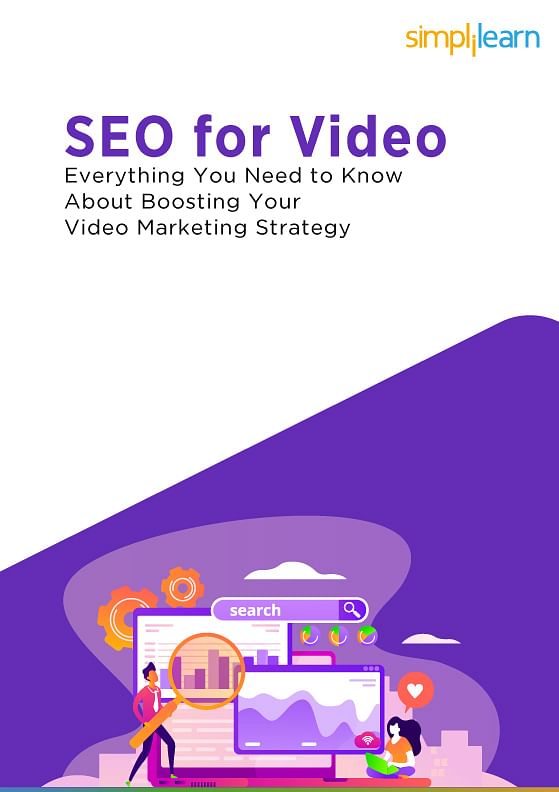
SEO for Video
Big Data(142)
View All
What Is Data Processing: Types, Methods, Steps and …
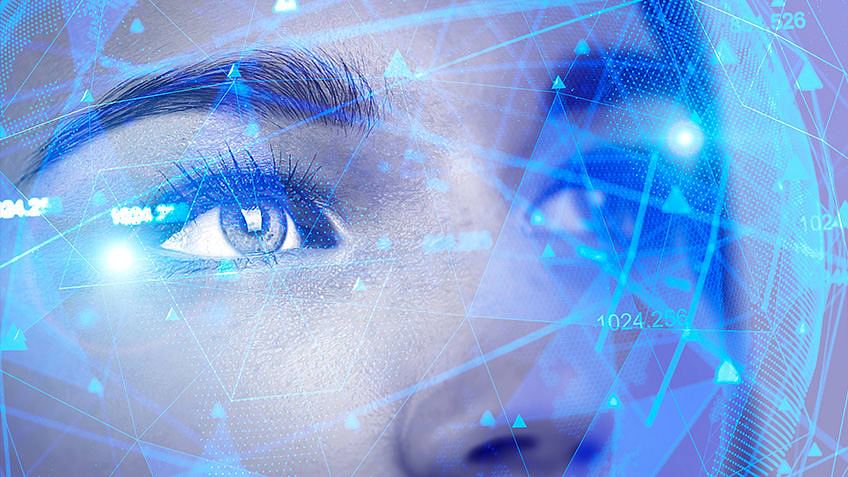
What Are the Skills Needed to Learn Hadoop?
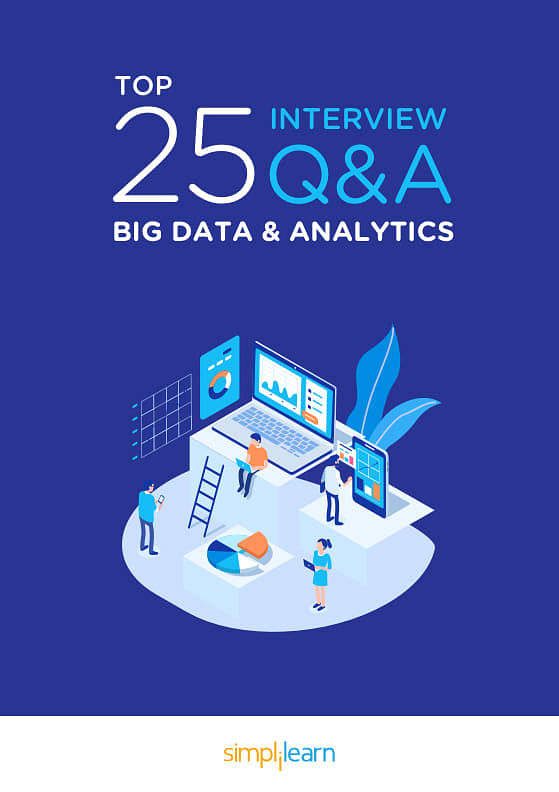
Free eBook: Top 25 Interview Questions and Answers: Big Da…
Career Fast-track(189)
View All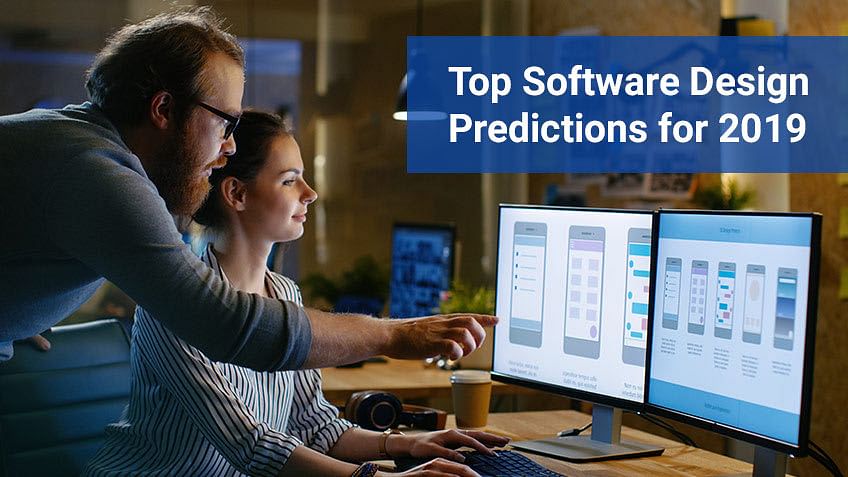
Top Software Design Predictions for 2019
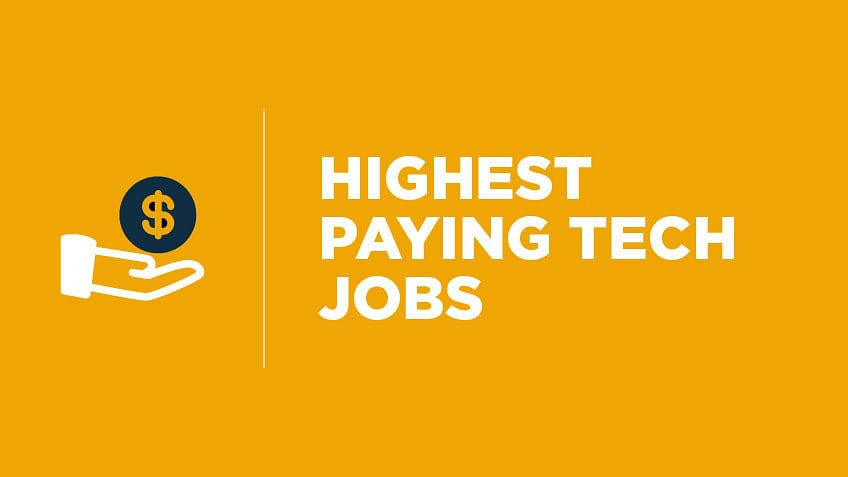
Highest Paying Tech Jobs

The State of Upskilling in 2023
- Acknowledgement
- PMP, PMI, PMBOK, CAPM, PgMP, PfMP, ACP, PBA, RMP, SP, OPM3 and the PMI ATP seal are the registered marks of the Project Management Institute, Inc.


